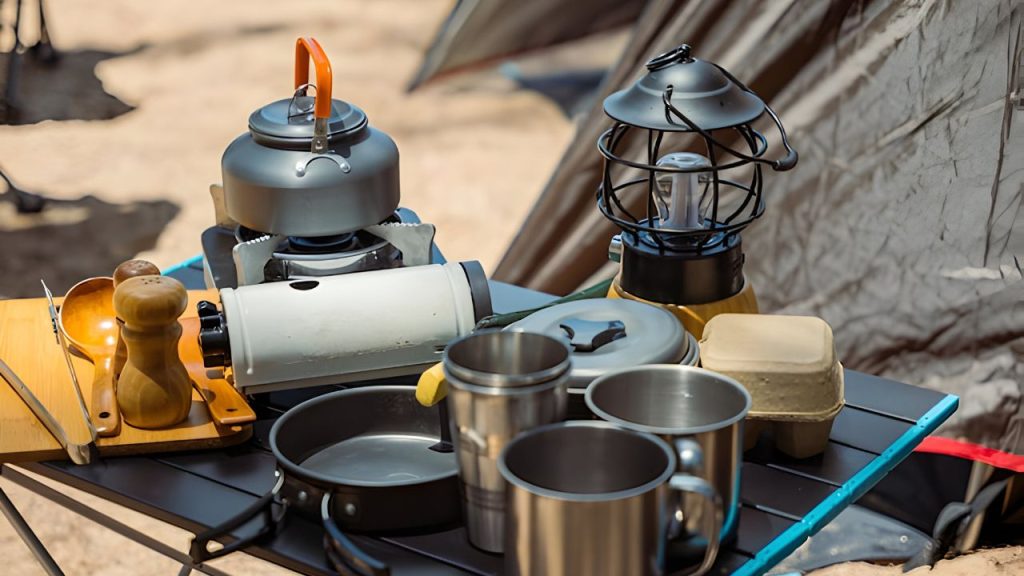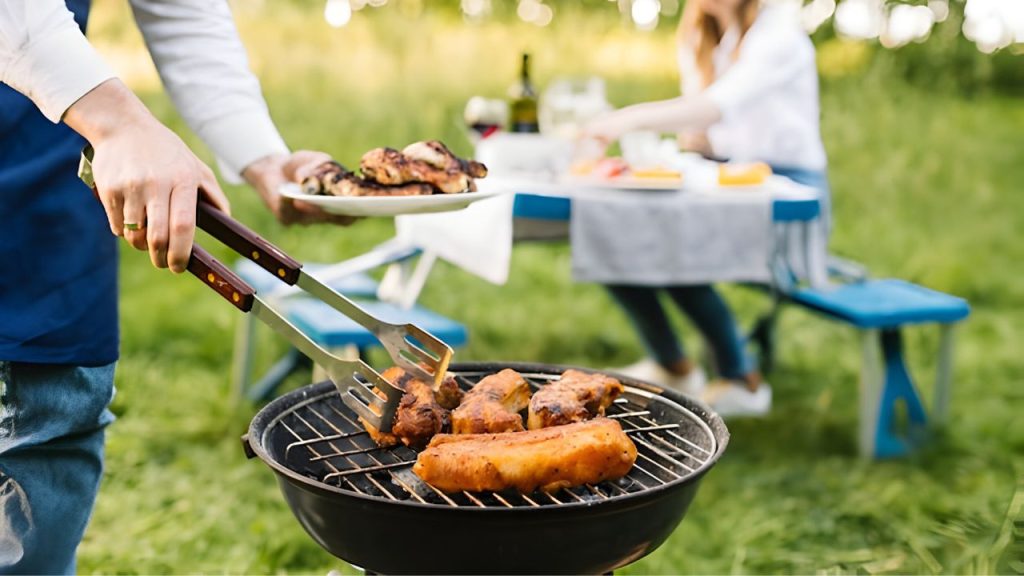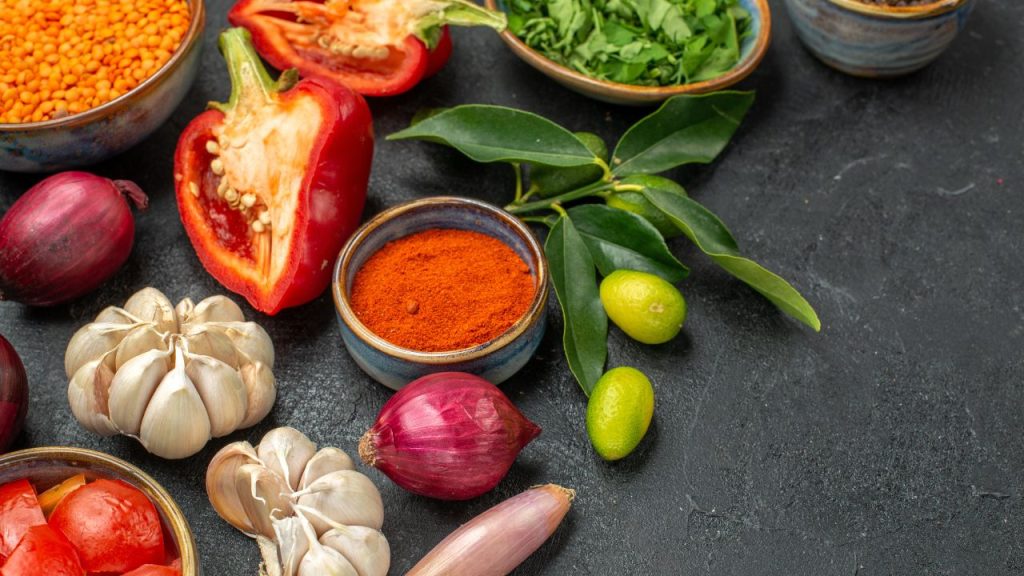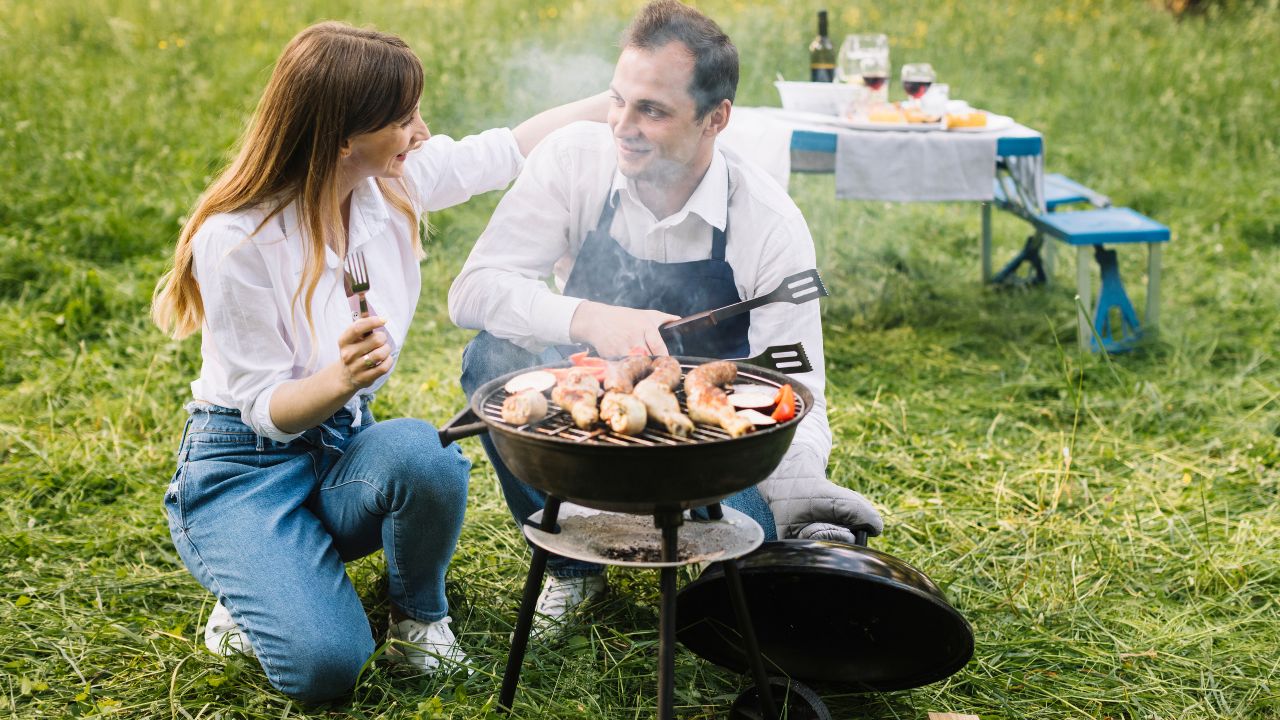As you embark on your camping adventures across Australia, one of the most rewarding experiences is cooking delicious meals amidst the beauty of the outdoors.
With an abundance of unique and flavorful ingredients native to the land, you have the opportunity to elevate your camp cooking skills and create memorable dining experiences.
In this article, we’ll guide you through the art of mastering camp cooking using Australian ingredients.
Familiarize Yourself with Australian Ingredients
Before you start cooking, it’s essential to acquaint yourself with the diverse range of Australian ingredients available. From bush tucker to fresh seafood, Australia offers a wealth of flavors to incorporate into your camp meals.
Native Australian Ingredients
Indigenous Australian cuisine, often referred to as bush tucker, utilizes a variety of native plants, herbs, and spices. Some notable ingredients include:
- Lemon myrtle: A fragrant herb with a zesty, citrusy flavor
- Wattleseed: Roasted and ground seeds that impart a nutty, coffee-like taste
- Kakadu plum: A tart and vitamin C-rich fruit often used in sauces and preserves
- Bush tomato: A small, intensely flavored fruit with a sweet and tangy taste
Fresh Seafood
Australia’s extensive coastline provides access to an abundance of fresh seafood. From succulent prawns to flaky barramundi, incorporating seafood into your camp meals adds a delightful twist. Explore local fish markets or try your hand at fishing to source the freshest catch.
Meat and Game
Australia is renowned for its high-quality meat, including beef, lamb, and pork. When camping, you can also experiment with game meats like kangaroo, emu, or crocodile for a unique flavor experience. Be sure to follow proper food safety guidelines when handling and storing meat.
Essential Camp Cooking Equipment

To master camp cooking, you’ll need the right tools and equipment. Invest in reliable and durable gear that can withstand the rigors of outdoor cooking.
Portable Stove or Camp Oven
A portable stove or camp oven is the cornerstone of your camp kitchen. Choose a stove that suits your cooking style and the size of your group. Options include gas stoves, wood-fired ovens, or even Dutch ovens for slow-cooking meals over hot coals.
Cooking Utensils and Accessories
Pack a set of versatile cooking utensils, including a sturdy knife, cutting board, spatula, tongs, and a can opener. Don’t forget essential accessories like a cast-iron skillet, saucepan, and a kettle for boiling water. A set of reusable plates, bowls, and utensils will make mealtime more enjoyable.
Cooler and Food Storage
Proper food storage is crucial to maintain freshness and prevent spoilage. Invest in a high-quality cooler that can keep your ingredients cold for several days. Use airtight containers or resealable bags to store dry goods and prevent pest infiltration.
Planning Your Camp Meals

Effective meal planning is key to successful camp cooking. Consider the length of your trip, the number of people you’re feeding, and any dietary restrictions or preferences.
Create a Meal Plan
Before your trip, create a detailed meal plan that outlines each day’s breakfast, lunch, dinner, and snacks. This will help you determine the ingredients and quantities needed, ensuring you have sufficient supplies without overpacking.
Prep Ingredients in Advance
To streamline your camp cooking process, prep as many ingredients as possible before leaving home. Chop vegetables, marinate meats, and measure out dry ingredients into labeled containers. This will save time and effort when cooking in the great outdoors.
Embrace One-Pot Meals
One-pot meals are a camper’s best friend. They minimize cleanup and allow flavors to meld together beautifully. Experiment with recipes like hearty stews, flavorful curries, or comforting pasta dishes that can be cooked in a single pot or skillet.
Cooking Techniques for Camp Cooking
Mastering a few essential cooking techniques will elevate your camp meals and make the most of your Australian ingredients.
Grilling and Barbecuing
Grilling is a quintessential part of the Australian camping experience. Whether you’re cooking over an open fire or using a portable grill, master the art of cooking meats, vegetables, and seafood to perfection. Experiment with different marinades and rubs to infuse your ingredients with flavor.
Foil Packet Cooking
Foil packet cooking is a convenient and mess-free method for camp cooking. Place your ingredients, such as vegetables, meats, or fish, in a foil packet with seasonings and a splash of liquid. Seal the packet tightly and cook it over hot coals or on the grill for a flavorful and self-contained meal.
Campfire Cooking
Embrace the rustic charm of campfire cooking by utilizing the heat and flames to create delicious meals. Learn how to build and maintain a campfire safely, and experiment with techniques like cooking on a spit, using a Dutch oven, or wrapping food in large leaves for natural steaming.
Recipes Showcasing Australian Ingredients

Put your newfound knowledge of Australian ingredients and cooking techniques into practice with these inspiring camp-friendly recipes.
Bush Tucker Damper
Damper is a traditional Australian bread that can be easily prepared over a campfire. Mix self-rising flour, salt, and water to form a dough. Incorporate native ingredients like wattleseed or bush tomato for added flavor. Cook the damper in a cast-iron pot or wrapped around a stick over the fire until golden brown.
Lemon Myrtle Grilled Prawns
Take advantage of Australia’s fresh seafood by grilling succulent prawns infused with the zesty flavor of lemon myrtle. Marinate the prawns in a mixture of crushed lemon myrtle leaves, garlic, olive oil, and a squeeze of lemon juice. Skewer the prawns and grill them over high heat until they turn pink and slightly charred.
Kangaroo Steak with Wattleseed Rub
Experience the unique flavor of kangaroo meat, a lean and protein-rich alternative to traditional beef. Rub kangaroo steaks with a mixture of ground wattleseed, salt, and black pepper. Grill the steaks over high heat to your desired doneness, allowing them to rest before slicing and serving with roasted vegetables.
Frequently Asked Questions (FAQ)
-
What are some essential pantry staples for camp cooking?
When stocking your camp pantry, include versatile staples like salt, pepper, olive oil, vinegar, dried herbs, and spices. Other handy items include flour, sugar, rice, pasta, canned tomatoes, and beans. Don’t forget to pack tea, coffee, and long-life milk for your morning beverages.
-
How can I keep food cold without access to electricity?
Invest in a high-quality cooler and pack it strategically with ice or frozen gel packs. Place the most perishable items, like meats and dairy, closest to the ice. Minimize the number of times you open the cooler to maintain the cold temperature. If possible, have a separate cooler for drinks to avoid frequent opening of the main food cooler.
-
What are some easy and nutritious snack ideas for camping?
Pack a variety of snacks that are both satisfying and nutritious. Some ideas include trail mix, dried fruits, nuts, granola bars, fresh fruits, and vegetables with hummus or nut butter. For a protein boost, pack jerky, cheese, or hard-boiled eggs. Remember to store snacks properly to prevent attracting wildlife.
-
How do I ensure food safety while camping?
Food safety is paramount when cooking outdoors. Keep perishable foods refrigerated or stored in a cooler with ice. Use separate cutting boards and utensils for raw meats and ready-to-eat foods to avoid cross-contamination. Cook meats to their recommended internal temperatures and discard any leftovers that have been at room temperature for more than two hours.
-
Can I forage for ingredients while camping in Australia?
While foraging can be an exciting way to incorporate local ingredients into your meals, it’s essential to have a thorough understanding of the plants and fungi you’re harvesting. Many native Australian plants can be toxic or have look-alikes that are poisonous. It’s recommended to join a guided foraging tour or workshop led by an expert to learn about safe and sustainable foraging practices.
Conclusion
Mastering camp cooking with Australian ingredients is a rewarding and delicious way to enhance your outdoor adventures. By familiarizing yourself with native ingredients, equipping your camp kitchen, and planning your meals thoughtfully, you can create memorable dining experiences in the heart of nature.
Remember to embrace the versatility of Australian ingredients, experiment with different cooking techniques, and let your creativity shine through your camp meals. Whether you’re grilling fresh seafood, slow-cooking a kangaroo stew, or infusing your dishes with aromatic bush spices, the flavors of Australia will add a unique and satisfying dimension to your camp cooking repertoire.
As you explore the vast and beautiful Australian landscape, let your camp cooking skills be a part of the adventure. Share meals with fellow campers, swap recipes, and create lasting memories around the campfire. With a little preparation and a sense of culinary curiosity, you’ll soon become a master of camp cooking, celebrating the rich and diverse flavors that Australia has to offer.

Hi there! I’m John W. Perkins writer and Founder howmp.com. As a passionate outdoorsman and travel enthusiast, I’ve made it my mission to share my experiences and knowledge with fellow adventurers like you.

